This article was medically reviewed by Luba Lee, FNP-BC, MS and by wikiHow staff writer, Megaera Lorenz, PhD. Luba Lee, FNP-BC is a Board-Certified Family Nurse Practitioner (FNP) and educator in Tennessee with over a decade of clinical experience. Luba has certifications in Pediatric Advanced Life Support (PALS), Emergency Medicine, Advanced Cardiac Life Support (ACLS), Team Building, and Critical Care Nursing. She received her Master of Science in Nursing (MSN) from the University of Tennessee in 2006.
There are 8 references cited in this article, which can be found at the bottom of the page.
This article has been viewed 9,754 times.
While you don’t have to circumcise your baby boy, many parents choose to do so for religious, cultural, or health reasons. If you decide to circumcise your baby, you can help him heal faster by keeping the area clean, dry, and protected. If you notice signs of an infection, such as spreading redness, fever, or discharge from the incision site, get medical attention for your child right away.
Steps
Keeping the Area Clean and Protected
-
1Remove and replace the gauze with every diaper change for 24 hours. After the circumcision, your child’s healthcare provider will place a petroleum-based ointment and a gauze dressing on the head of your child’s penis. This dressing will protect the incision during the initial part of the healing process. The gauze dressing will likely fall off the next time your baby urinates. Gently wipe the penis with a clean piece of cotton gauze moistened with water once or twice per day, or any time there is stool on the penis. Then, apply new ointment and a clean gauze dressing.[1]
- Using petroleum-based ointment will help to promote healing and prevent the gauze from sticking to the incision.
- When the dressing comes off, the head of your baby’s penis may appear discolored, or you may notice a little blood or small pieces of skin adhering to the tip.
Keep in mind: Some doctors may advise keeping a dressing on the penis until it is finished healing, which may take up to a month. If your pediatrician recommends this, ask for instructions on how and when to change your child’s dressing.[2]
-
2Stop using the gauze and apply ointment only after 24 hours. Leave the gauze off once it has been 24 hours past the procedure. Then, clean the penis with a clean piece of cotton gauze moistened with water and apply petroleum-based ointment to the penis to prevent it from sticking to the inside of the diaper. Do this for the next 3 to 5 days.[3]
- Use an unscented, dye-free petroleum-based ointment, such as Vaseline or CeraVe.
- Apply the ointment any time you change your baby’s diaper or give him a bath.[4]
- Note that your baby’s penis will look red and it will develop a soft yellow scab after a few days. This is normal. Watch for increased redness, swelling, pus, bleeding, or a fever. Contact your child’s doctor immediately if you notice any of these symptoms as they may indicate an infection.
Advertisement -
3Keep your baby’s penis pointed up to reduce swelling. Some swelling is normal during the first 1-2 weeks after a circumcision. To reduce inflammation in your baby’s penis, point his penis up whenever you change his diaper. This will help keep fluid from building up around the incision.[5]
- The swelling might appear behind or underneath the head of your baby’s penis, and it may look like a blister.
- While some swelling is normal, it could be a sign of infection if it gets worse or doesn’t clear up after 2 weeks. Call your child’s doctor if you have any concerns.[6]
-
4Bathe your baby every day for 1 week after the circumcision. It’s important to keep the incision clean during the early stages of healing to prevent infection. Give your baby a sponge bath daily in warm water with a mild baby soap or shampoo.[7]
- Unless your pediatrician advises otherwise, very gently wash your baby’s penis with soap and water during bath times and diaper changes, especially if he’s just had a bowel movement.[8]
-
5Push the edges of the skin away from the glans occasionally after 2 weeks. In the later stages of the healing process, the skin around the head (or glans) of the penis might stick to the head. Prevent this from happening by gently pushing the skin back.[9]
- Don’t do this sooner than 2 weeks after the circumcision or before your doctor advises you to do so.
-
6Clean regularly around the head of the penis after it heals. Any time you bathe your baby, inspect the groove around the glans (head) of his penis to make sure it’s clean. Wash the area gently with warm water and baby soap or shampoo.[10]
- Sometimes a small piece of the foreskin may be left behind after a circumcision. If this happens, gently pull back the skin any time you bathe your baby so that you can clean the area underneath.
Seeking Medical Attention
-
1Go to the ER if you notice excessive bleeding. A little bleeding after a circumcision is normal. During the first 24 hours after the circumcision, you may see spots of blood in the diaper about 1 inch (2.5 cm) wide. However, if you notice more blood than that, call your doctor or go to the emergency room immediately.[11]
- If your baby’s penis is actively bleeding, gently squeeze the tip between your thumb and index finger for 5 minutes to try to stop the bleeding. Whether or not you’re able to stop the bleeding, you should still take your baby to the ER.
-
2Get medical attention immediately for a fever or other severe symptoms. Although it’s rare, babies can occasionally develop a severe infection after a circumcision. Go to the emergency room or call your pediatrician immediately if your baby develops a fever or any of the following symptoms:[12]
- Redness that spreads to the legs or abdomen
- Vomiting or loss of appetite
- Difficulty urinating
- Yellow or cloudy discharge or crusty sores at the incision site[14]
- Swelling that gets worse or doesn’t improve over the first 1-2 weeks
Warning: Any fever over 100.4 °F (38.0 °C) in a baby under 3 months old needs to be evaluated by a doctor right away.[13]
-
3Ask your doctor about giving medication to relieve pain. It's important to discuss pain control with your baby's doctor before the procedure if possible and find out how you can manage your baby's post-procedure pain. This may include swaddling, feeding, holding, and administering pain medication for the first 24 hours after the procedure, such as infant acetaminophen (Tylenol).[15]
- If your baby was given any medication in the hospital for pain, find out how much and when it was given so that you can avoid an accidental overdose.
- Don’t give your baby any medication without talking to your pediatrician first. Make sure to check with them to determine a safe dose and frequency of doses for your newborn.
References
- ↑ https://www.uptodate.com/contents/circumcision-in-baby-boys-beyond-the-basics
- ↑ https://www.healthychildren.org/English/ages-stages/baby/bathing-skin-care/Pages/Caring-For-Your-Sons-Penis.aspx
- ↑ https://www.uptodate.com/contents/circumcision-in-baby-boys-beyond-the-basics
- ↑ https://my.clevelandclinic.org/health/treatments/16194-circumcision#recovery-and-outlook
- ↑ https://www.aboutkidshealth.ca/Article?contentid=297&language=English
- ↑ https://www.acog.org/Patients/FAQs/Newborn-Male-Circumcision?IsMobileSet=false#keep
- ↑ https://www.aboutkidshealth.ca/Article?contentid=297&language=English
- ↑ https://www.acog.org/Patients/FAQs/Newborn-Male-Circumcision?IsMobileSet=false#keep
- ↑ https://www.aboutkidshealth.ca/Article?contentid=297&language=English
- ↑ https://www.healthychildren.org/English/ages-stages/baby/bathing-skin-care/Pages/Caring-For-Your-Sons-Penis.aspx
- ↑ https://caringforkids.cps.ca/handouts/pregnancy-and-babies/circumcision
- ↑ https://www.aboutkidshealth.ca/Article?contentid=297&language=English
- ↑ https://www.texaschildrens.org/health/fever-children
- ↑ https://www.acog.org/Patients/FAQs/Newborn-Male-Circumcision?IsMobileSet=false#keep
- ↑ http://www.aspmn.org/documents/circumcision.pdf
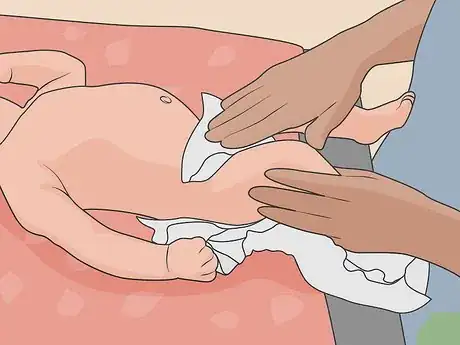
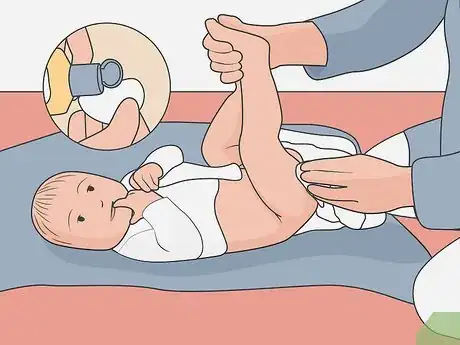
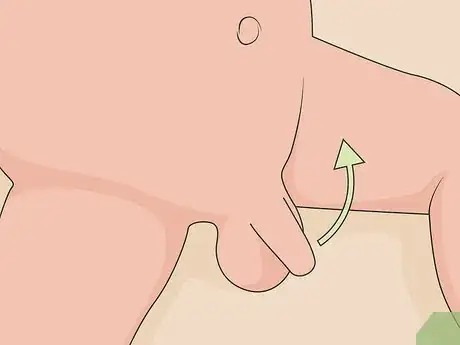
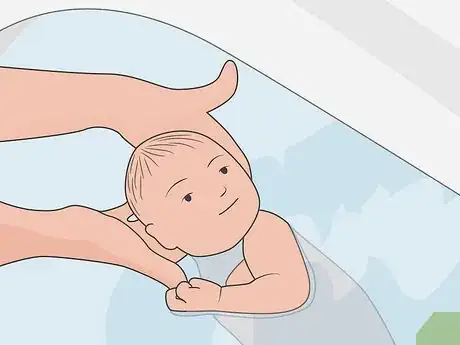
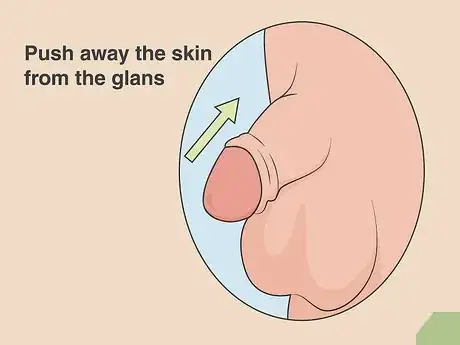
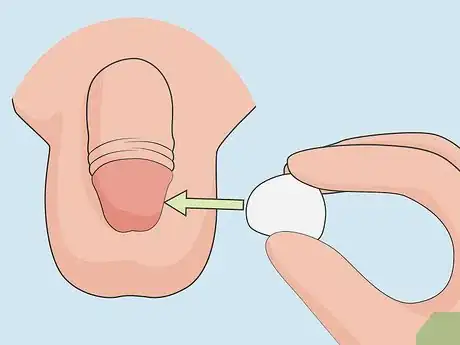

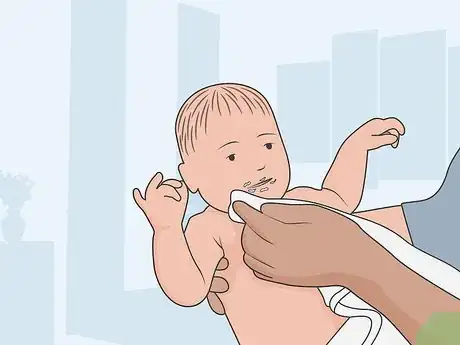


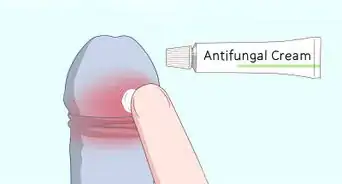
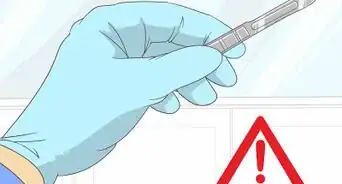


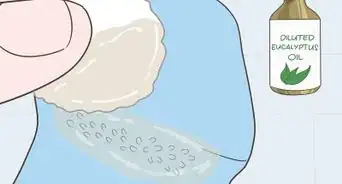
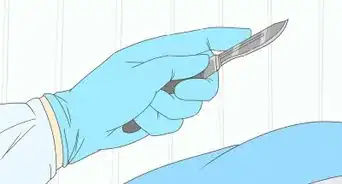


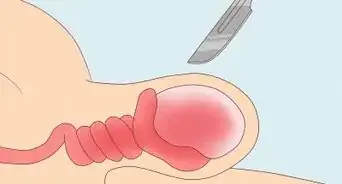


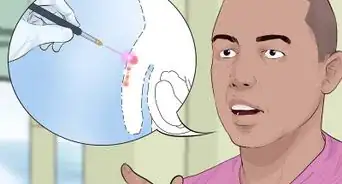
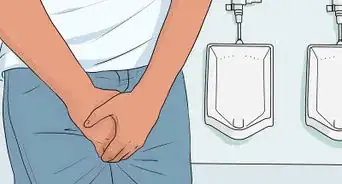








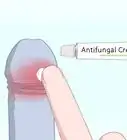
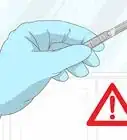





































Medical Disclaimer
The content of this article is not intended to be a substitute for professional medical advice, examination, diagnosis, or treatment. You should always contact your doctor or other qualified healthcare professional before starting, changing, or stopping any kind of health treatment.
Read More...